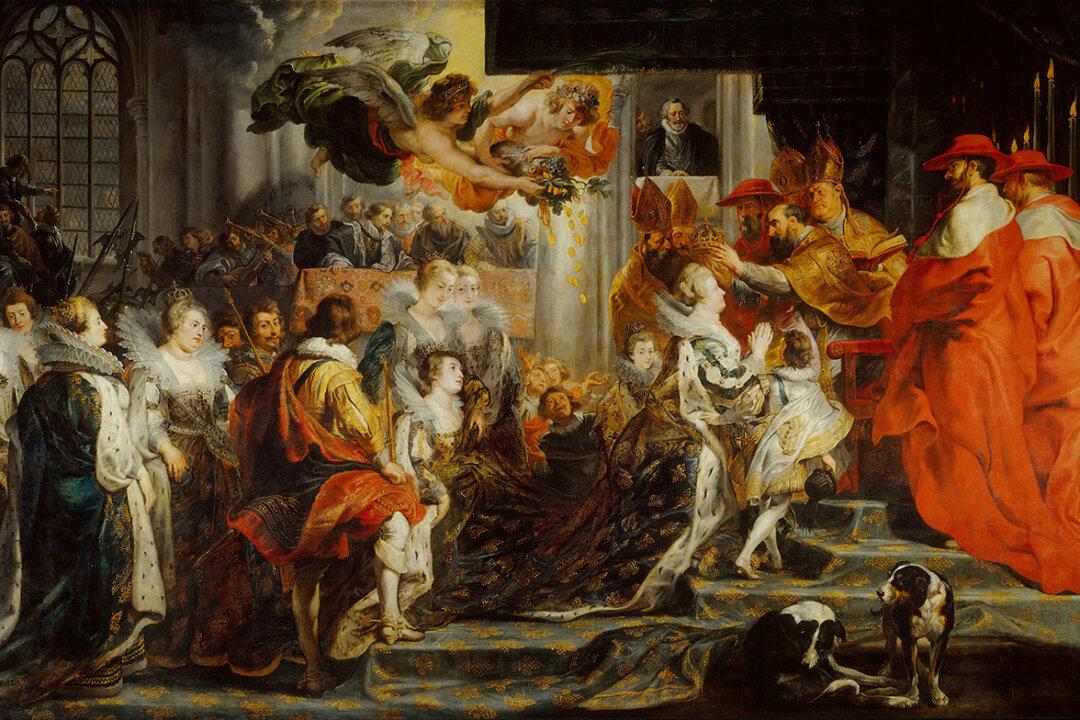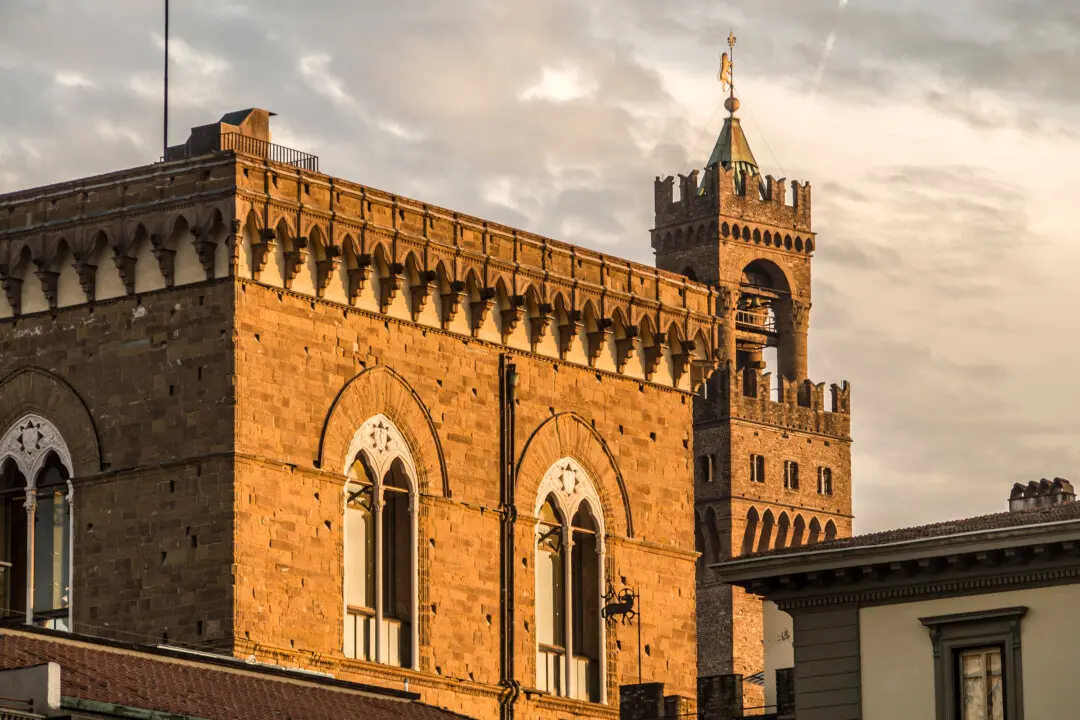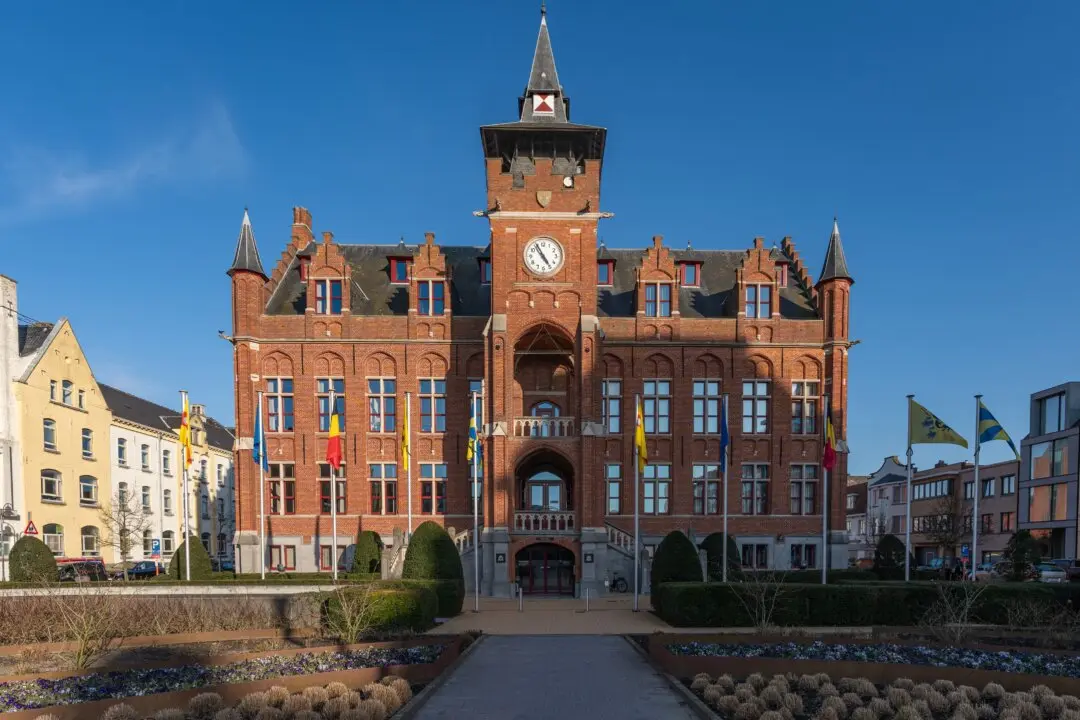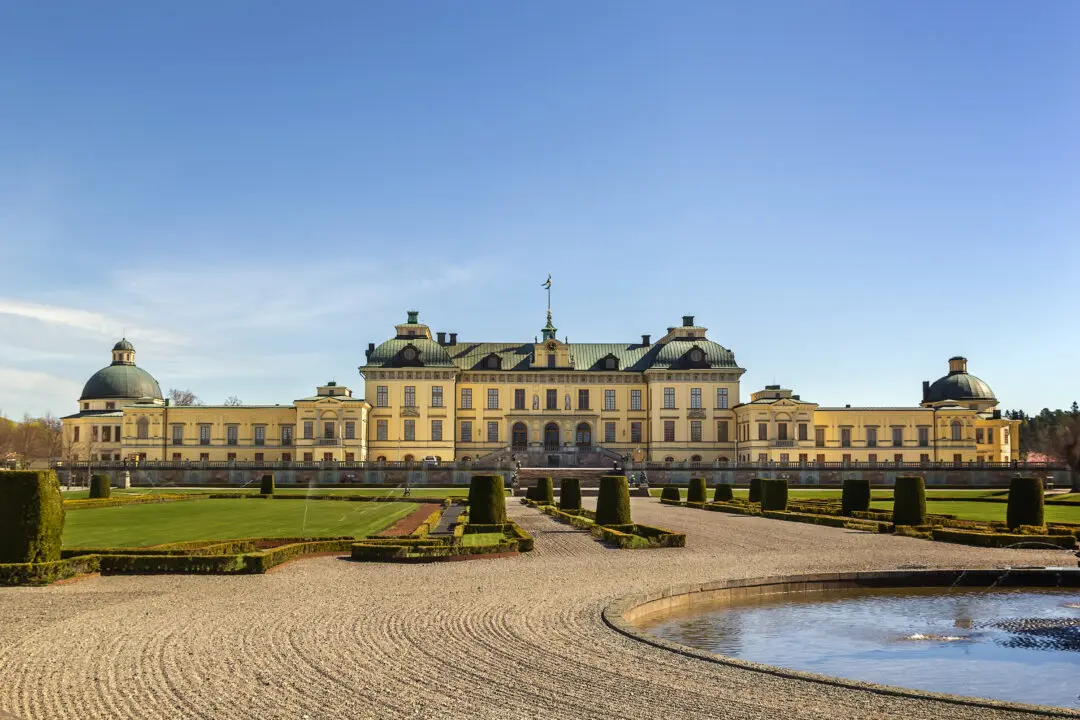Of all the masterpieces in the Louvre, none has a more appropriate home than the 24 paintings glorifying the life and reign of Marie de' Medici, Queen of France.
Painted by Flemish painter Peter Paul Rubens, the series known as the “Marie de' Medici Cycle” (1622–1625), are among the greatest artistic achievements of their age. Completed when the Louvre was at the height of its importance as a royal residence, the paintings celebrate the queen mother during the reign of her son King Louis XIII, when France was on the verge of becoming Europe’s greatest power.





